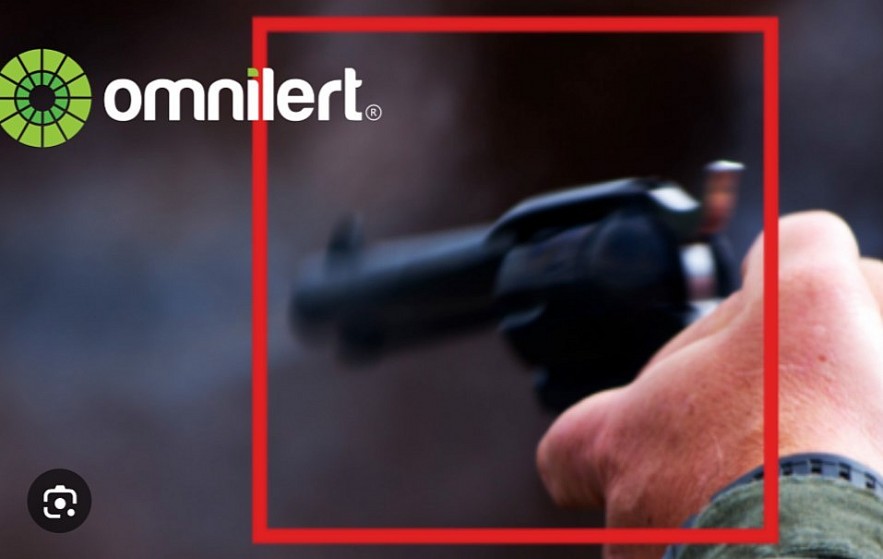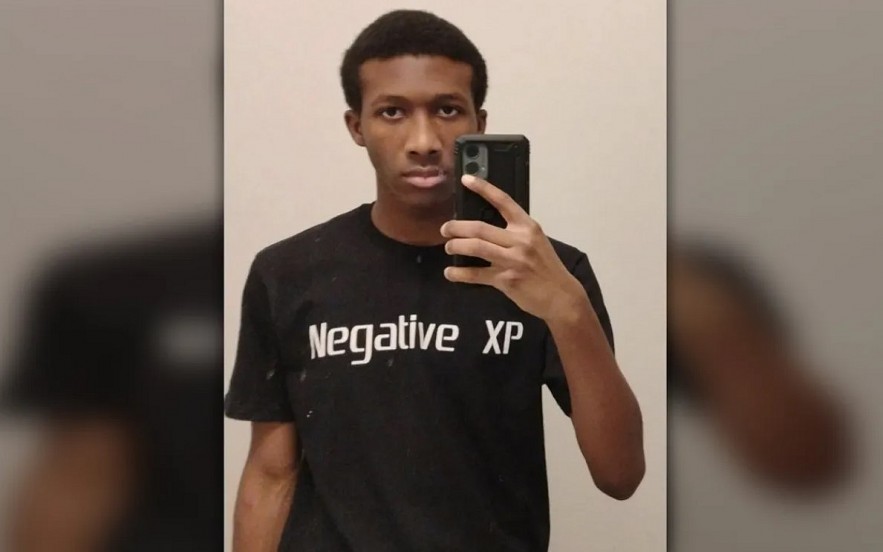Nashville School Shooting: Why Was Omnilert, the AI Gun Detection System, Not Activated?
 |
| Omnilert, the AI Gun Detection System |
On a somber Wednesday, the city of Nashville, Tennessee, was shaken by the tragic shooting at Antioch High School, where a 17-year-old student, Solomon Henderson, fatally shot 16-year-old Josselin Corea Escalante and wounded another student before taking his own life.
This incident brought to light significant questions about the effectiveness and limitations of advanced technology in preventing such violence.
Among these concerns, the failure of the school’s artificial intelligence (AI)-powered weapon detection system, Omnilert, to detect Henderson’s handgun raised alarm and prompted a deeper examination of the system's capabilities and limitations.
Learn more: Who is Solomon Henderson? Nashville School Shooter Praised Hitler in Manifesto
How the AI System Works
Omnilert, the AI software installed at Antioch High School, is designed to detect firearms by analyzing video feeds from the school’s existing network of security cameras. The system’s purpose is to act as a preventative measure, alerting school staff and authorities in real-time when a weapon is identified. According to the company’s website, Omnilert claims to transform security cameras “into life-saving tools, protecting lives while reducing the operational, legal, and social costs of gun violence.” In theory, the system provides a crucial layer of security by using AI technology to monitor for visible firearms, thus enhancing the school’s safety protocols.
However, as the tragedy at Antioch High School demonstrated, this technology is not infallible. The system failed to detect Henderson’s handgun, which went unnoticed due to its location and the positioning of the cameras. According to Metro Nashville Public Schools spokesperson Sean Braisted, “The location of the shooter and the firearm meant that the weapon was not visible.” Omnilert CEO Dave Fraser reiterated this point, stating that the failure was not due to the AI’s inability to recognize the firearm but rather the camera’s inability to capture it within its frame.
What is Omnilert, the AI Gun Detection System?Omnilert is an artificial intelligence-powered gun detection system designed to enhance safety in public spaces, including schools, by identifying visible firearms in real-time. It works by integrating with existing security camera networks, analyzing video feeds to detect weapons, and triggering immediate alerts to school staff and law enforcement. The system’s primary goal is to provide an additional layer of protection against gun violence, enabling quicker responses to potential threats. Omnilert uses advanced AI technology to recognize the shape and characteristics of firearms visible on camera. Once a weapon is identified, the system can send notifications to designated personnel and activate safety protocols. According to its developers, Omnilert aims to reduce the risks, costs, and impact of gun violence by turning security cameras into proactive tools. However, the system is not without limitations. It relies heavily on the placement and visibility of security cameras to detect weapons. If a firearm is obscured or outside the camera’s view, the system cannot activate. While Omnilert represents a step forward in technological solutions for safety, it underscores the importance of combining AI with other measures, such as human vigilance and community engagement, for effective threat prevention. |
Why the System Was Not Activated
The shooting highlighted the inherent limitations of camera-based AI detection systems. At the time of the incident, the shooter and his weapon were not in a position visible to the cameras. Consequently, the system could not identify the threat or trigger an alarm. The cameras were strategically placed to monitor specific areas, but these systems are not designed to provide full coverage of every inch of a school campus. This gap in visibility underscores the importance of integrating multiple layers of security to address such vulnerabilities.
Interestingly, the AI system did activate during the police response to the shooting, detecting the firearms carried by responding officers. This demonstrated the system's capability to identify weapons when they are within its line of sight. However, this reactive activation came too late to prevent the tragedy, emphasizing the critical need for proactive measures.
 |
| Solomon Henderson - Nashville school shooter praised Hitler in manifesto |
Broader Security Measures and Challenges
Metro Nashville Public Schools employs additional safety measures alongside Omnilert. These include AI systems at entrances, security vestibules, and the presence of school resource officers (SROs). While these measures contribute to overall security, no single system is capable of guaranteeing complete safety. As Braisted noted, “It all works together as a system, but one system alone is not going to keep people safe.”
This reality raises broader concerns about overreliance on technology in addressing school safety. As Donald Maye, head of operations at IPVM, a surveillance technology research organization, pointed out, investing millions in high-tech solutions does not necessarily eliminate the risk of violence. “There are still many cases that can occur where the system is not going to be a factor in preventing violence,” he said.
Amy Klinger, director of programs for the Educator’s School Safety Network, emphasized the importance of fostering trust and communication within school communities. She argued that the most effective safeguards against violence involve building relationships among students, teachers, and administrators to identify early warning signs. “In the vast majority of cases, there is something of concern — behaviors, disclosures, conversations, warning signs — that if someone is paying attention, you could pick up on,” Klinger explained. While technology can play a supportive role, it cannot replace the human element in preventing school violence.
Why Not Use Metal Detectors?
In the aftermath of the shooting, some questioned whether the school should have employed metal detectors as an additional layer of security. However, Metro Nashville Public Schools Director Adrienne Battle highlighted the trade-offs associated with such measures. While metal detectors can provide a physical barrier to weapons entering a school, they also create logistical and cultural challenges. Battle explained that using metal detectors could interfere with the learning environment, stating, “There are lots of unintended consequences, mainly when you think about the types of learning environments we want for our students. The first person we want our students to interact with are their principals and their teachers and their fellow students.”
Lessons Learned
The failure of the AI gun detection system in this case underscores the limitations of relying solely on technology to ensure school safety. While Omnilert and similar systems represent valuable tools in the fight against gun violence, they are not foolproof. Effective security requires a multi-faceted approach that combines technology with human oversight and proactive measures.
One critical takeaway from this incident is the need for ongoing evaluation and adaptation of security protocols. Schools must assess the placement and coverage of cameras, ensuring they provide the most comprehensive monitoring possible. Additionally, districts should consider integrating other detection methods, such as metal detectors or random searches, while balancing these measures with the need to maintain a welcoming educational environment.
Equally important is the role of community engagement in preventing violence. Building trust among students, staff, and families can help uncover potential threats before they escalate. Educators, counselors, and law enforcement must work collaboratively to address warning signs, such as erratic behavior or concerning social media posts, which are often precursors to violent acts.
A Call for Broader Action
Beyond the confines of individual schools, this tragedy highlights the urgent need for broader societal action. As Braisted noted, questions surrounding how a 17-year-old obtained a firearm must be addressed by the community at large. Policymakers, educators, and community leaders must work together to strengthen gun control measures, improve access to mental health resources, and create a culture of safety and accountability.
In Conclusion
The Nashville school shooting serves as a stark reminder of the complexities involved in preventing violence. While AI-powered systems like Omnilert offer promising tools, they are not a panacea. A comprehensive approach that combines technology, human vigilance, and proactive community engagement is essential to create safer schools and protect students from the devastating impact of gun violence.























